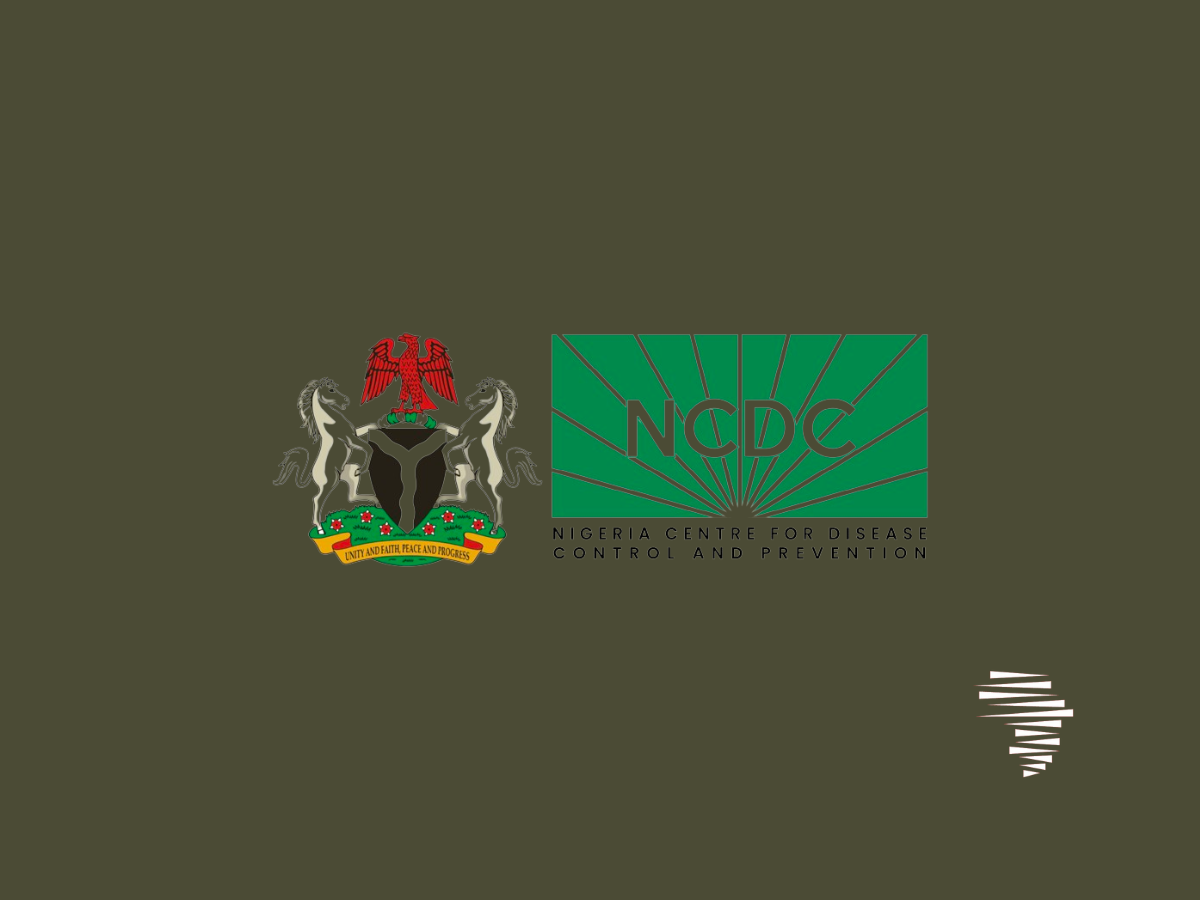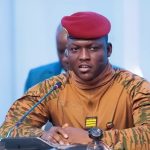
NCDC Warns Public On Lassa Fever Health Advisory

NCDC Warns Public On Lassa Fever Health Advisory
The Nigeria Center for Disease Control and Prevention (NCDC) issued a health advisory to the public on December 16 regarding Lassa fever. The advisory includes information on the disease’s symptoms, transmission, and prevention. In light of informing the public on health risks and promoting safety measures, the NCDC urges individuals to seek medical attention immediately if they experience any symptoms related to Lassa fever.
What is Lassa fever?
Lassa fever is an acute viral hemorrhagic fever (VHF) caused by the Lassa virus. The natural reservoir for the virus is the Mastomys natalensis rodent (commonly known as the multimammate rat or the African rat). Other rodents can also carry the virus, but it is important to ensure that living environments are clean and free of rodents. This will help prevent the transmission of the virus to humans.
In a statement published on its website, the NCDC also emphasized the importance of practising good personal hygiene and avoiding contact with rodents or their droppings as preventive measures against Lassa fever. Additionally, the NCDC advised individuals to ensure their living spaces are clean and free of rodents.
According to the reports, in 2021, 510 confirmed cases were reported across 17 states and 68 local government areas (LGAs). In 2022, Nigeria reported 1067 confirmed cases across 27 states and 112 LGAs. In 2023 alone, 28 states and 114 LGAs have reported confirmed cases of Lassa fever. As of December 3, 2023, there have been 8542 suspected cases, 1170 confirmed cases, and 200 deaths (case fatality rate of 17.1%), suggesting 2023 may witness record numbers of cases compared to previous years.
The virus spreads through:
• Direct contact with infected rats’ urine, faeces, saliva, or blood.
• Contact with objects, household items, and surfaces contaminated with the urine, faeces, saliva, or blood of infected rats.
• Consuming food or water contaminated with the urine, faeces, saliva, or blood of infected rats.
• Person-to-person transmission can also occur through direct contact with blood, urine, faeces, vomitus, and other body fluids of an infected person.
However, to ensure public awareness is raised optimally, the NCDC’s Lassa Fever TWG has implemented strategic measures to enhance coordination, collaboration, and communication, enhancing preparedness and readiness for potential surges in Lassa fever cases. These measures include:
Conducting biweekly National TWG meetings to improve preparedness, readiness, and response activities for control and management of Lassa fever using a One Health approach.
Joint alert with the cerebrospinal meningitis (CSM) TWG was sent to States to guide state-level preparedness, readiness, and response activities in Lassa fever and CSM during this season that both diseases share.
Capacity building of some healthcare workers across all the geopolitical zones on Lassa fever preparedness, readiness, and response through the pilot Lassa fever clinical management fellowship.
Conducting a bi-weekly Lassa fever webinar series on topics covering the different pillars of the TWG (case management, surveillance, IPC, Risk communication, logistics, etc.) to get all actors in control and management of Lassa fever ready for the predicted surge in confirmed case numbers.
Prepositioning and distribution of medical supplies for case management, infection prevention and control, laboratory diagnosis, etc., in all Lassa fever treatment centres in the country.
An update of the national incident action plan (IAP) to take onboard lessons from the last outbreak and findings from the recently concluded surge preparedness workshop.
Publishing weekly situation reports for Lassa fever in Nigeria to guide decision-making and foster further collaboration across different sectors.
The data shows that the disease has spread to numerous states and LGAs, indicating a concerning trend. These statistics emphasize the urgent need for enhanced measures to control and prevent the spread of Lassa fever in Nigeria. Authorities must prioritize public health interventions, such as improved surveillance, early detection, and effective treatment strategies, as these are essential in preventing further outbreaks and reducing the mortality rate associated with Lassa fever.
About The Author
Mayowa Durosinmi
author
M. Durosinmi is a West Africa Weekly investigative reporter covering Politics, Human Rights, Health, and Security in West Africa and the Sahel Region
Mayowa Durosinmi
M. Durosinmi is a West Africa Weekly investigative reporter covering Politics, Human Rights, Health, and Security in West Africa and the Sahel Region
Related Articles
Tinubu, Shettima to Spend N12.2bn on Travel and Transport as Nigerians Struggle With Cost of Living and Insecurity
Details from Nigeria’s 2026 Appropriation Bill show that President Bola Ahmed Tinubu,...
ByWest Africa WeeklyJanuary 10, 2026Senegal Beat Mali to Become First AFCON 2025 Semi Finalists
Senegal secured the first semi final place at the 2025 Africa Cup...
ByWest Africa WeeklyJanuary 10, 2026Tinubu Govt Questioned Over Super Eagles Bonus Standoff
Nigeria’s Super Eagles were thrown into turmoil at the 2025 Africa Cup...
ByWest Africa WeeklyJanuary 9, 2026Tinubu’s Govt Allegedly Uses Celebrities to Promote Tax Payments Despite Altered Tax Law
A wave of video clips circulating on social media shows high-profile Nigerian...
ByWest Africa WeeklyJanuary 9, 2026











